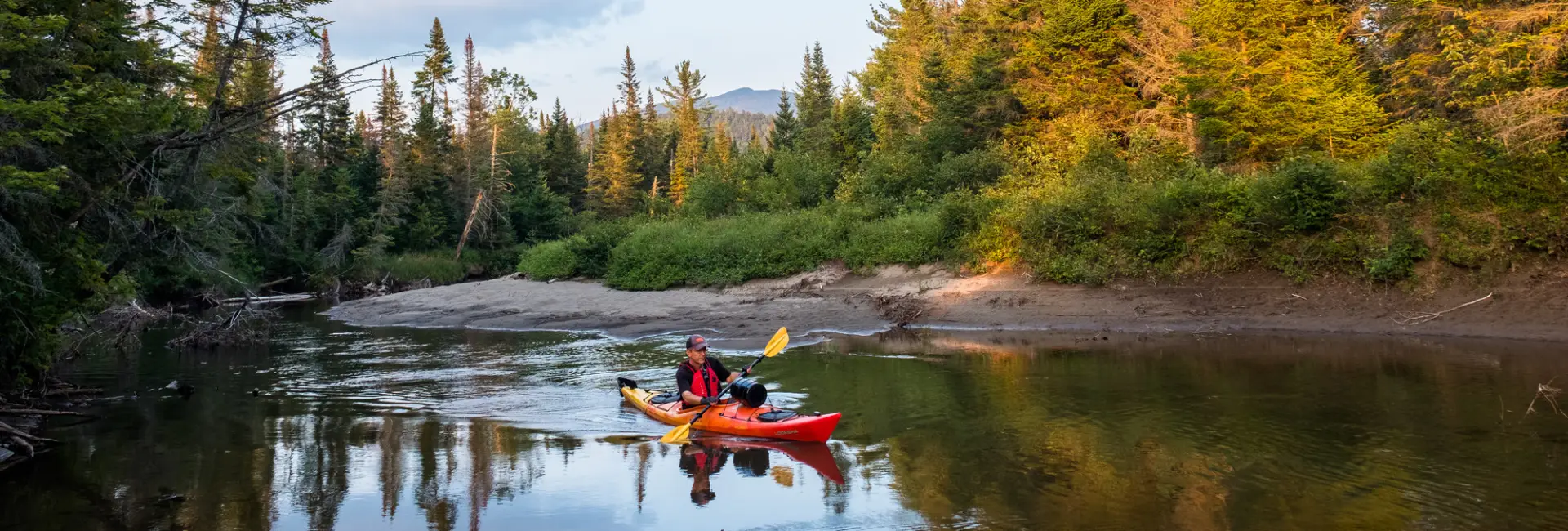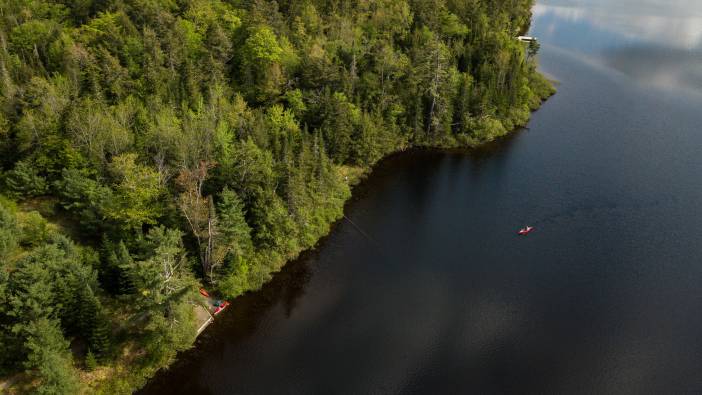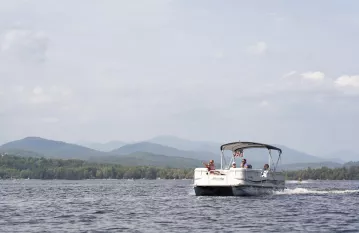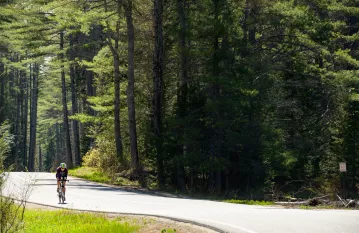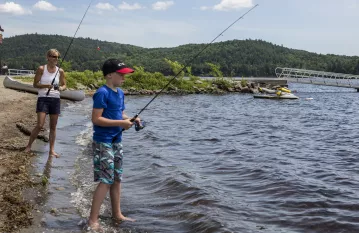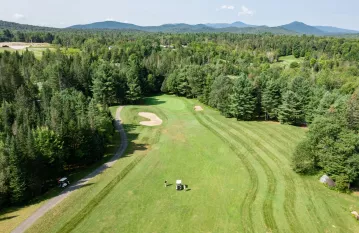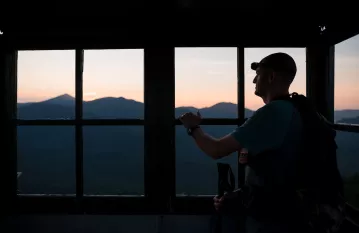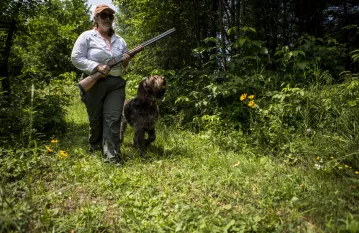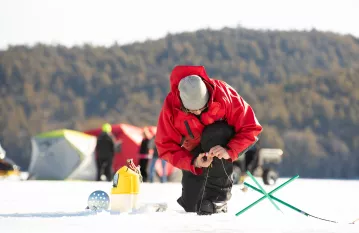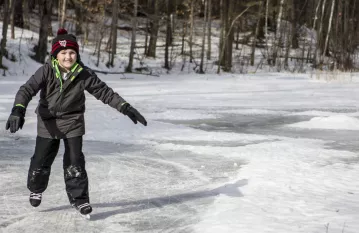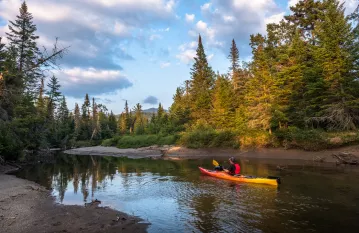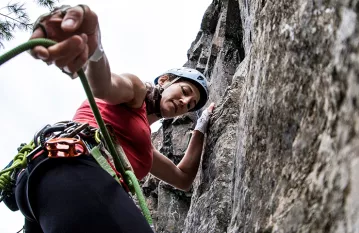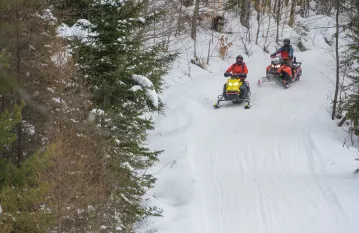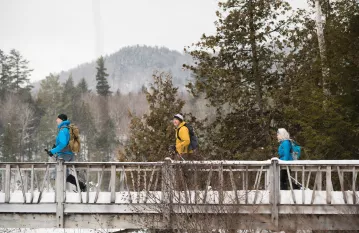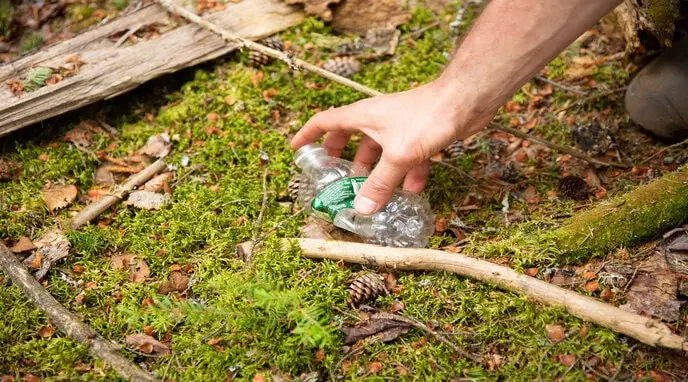Perfect Adirondack location
The Adirondack Hub is situated at the edge of the High Peaks in the Adirondack Mountains, and located between some of the state's best wilderness areas, Pharaoh Lake and Hoffman Notch. The wild spaces here expansive and open for all, so get out and explore!
There are fantastic trails to travel — no matter the season! From the maintained paths at the Adirondack Interpretive Center at Newcomb, to the scenic family-friendly trails at Natural Stone Bridge and Caves (open year-round), and the beautiful network of wilderness trails, we're sure you can find a place to get your daily dose of nature. There are also lake and rivers to be paddled, fishing holes waiting to be discovered, bountiful roads prime for cycling, and so much more.
New to Adirondack fun? Contact a guide for assistance!
Leave No Trace and Love Your ADK
The magic of the Adirondacks is the result of previous generations taking the long view and protecting the mountains, lakes, and rivers within the Blue Line. That tradition continues today as we support and encourage everyone to practice Leave No Trace ethics, which help protect the lands and waters of the Adirondacks.
